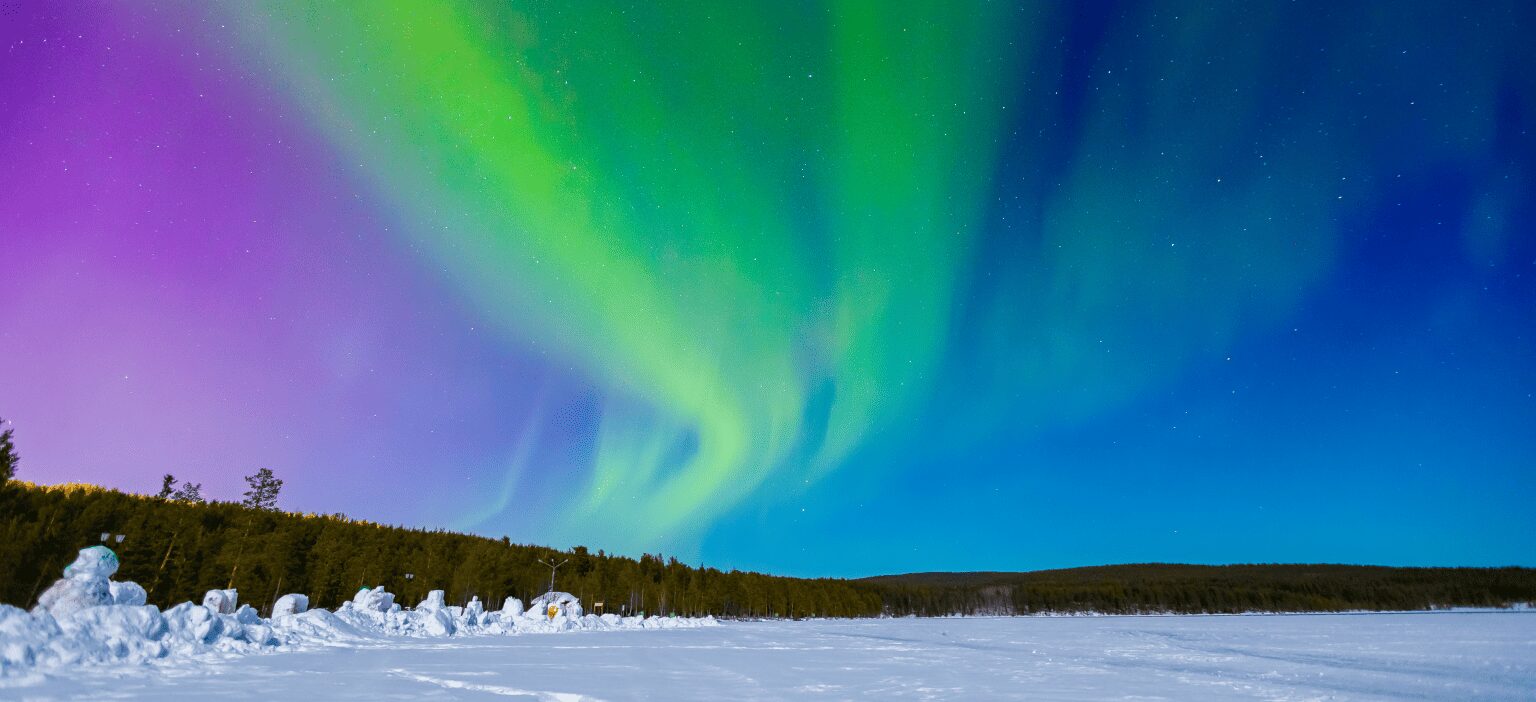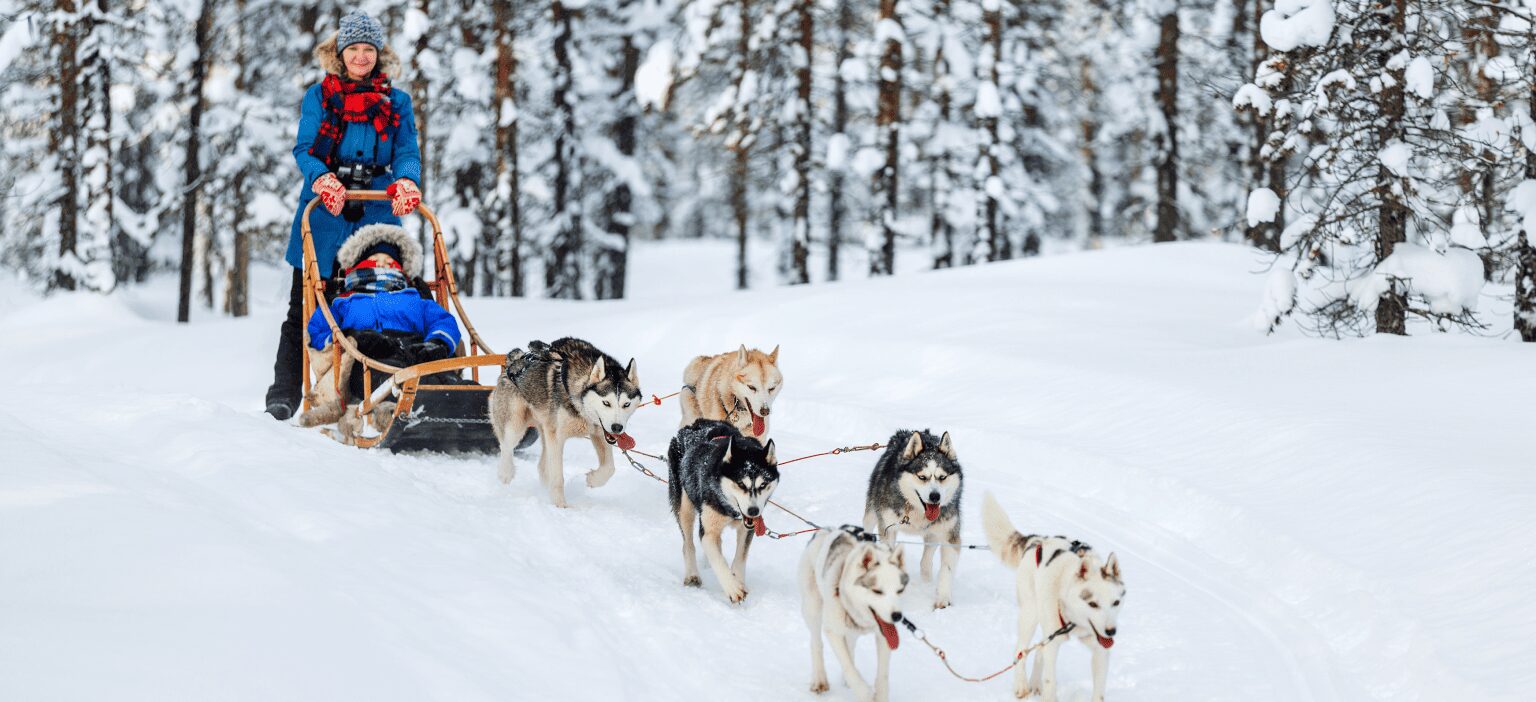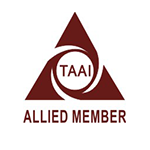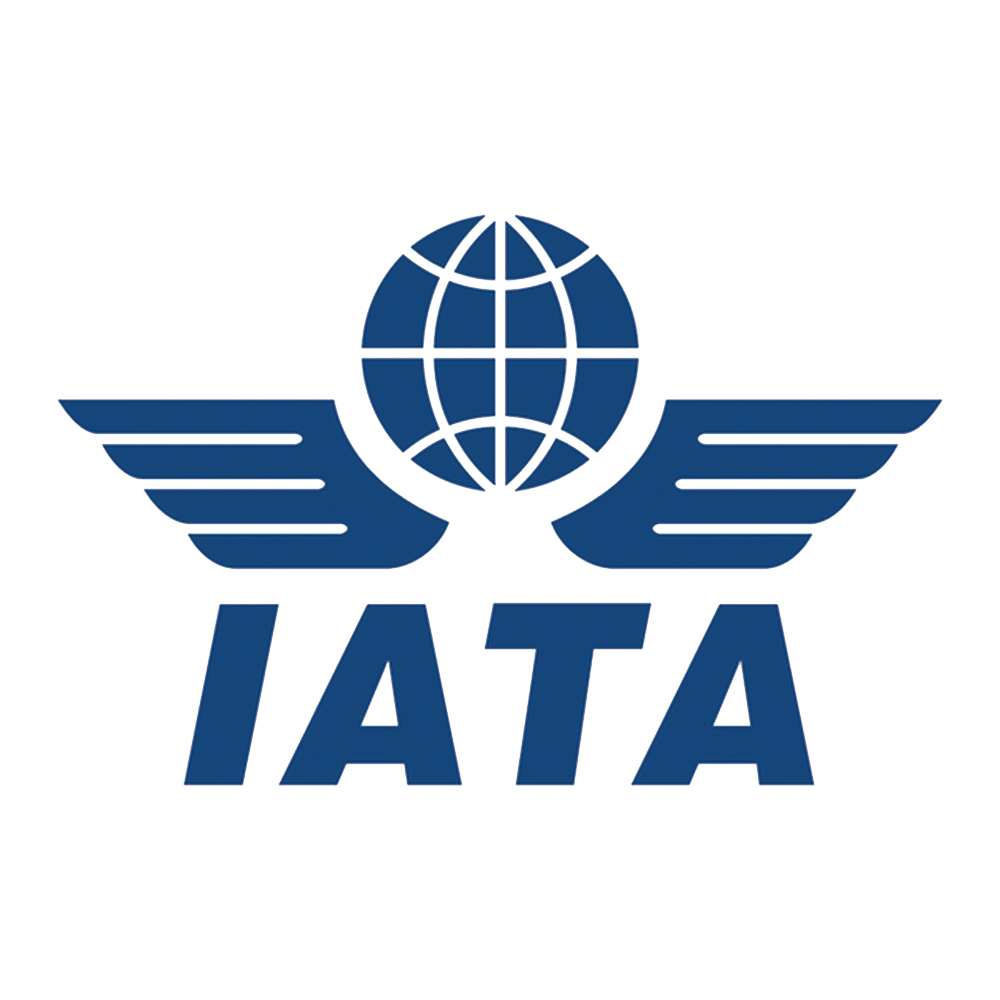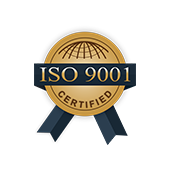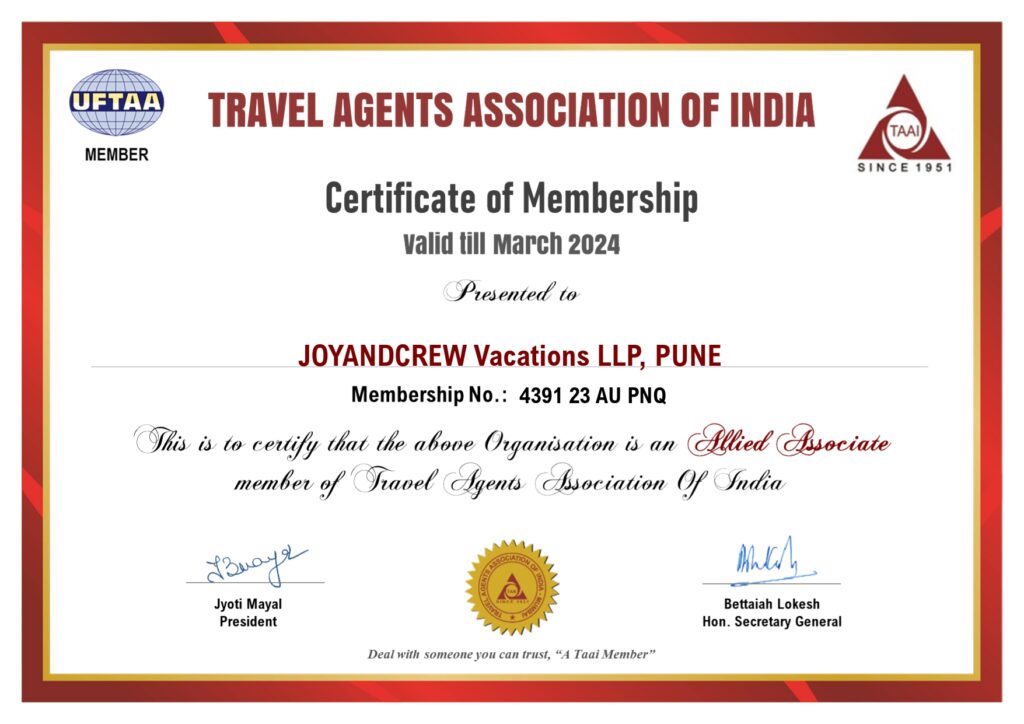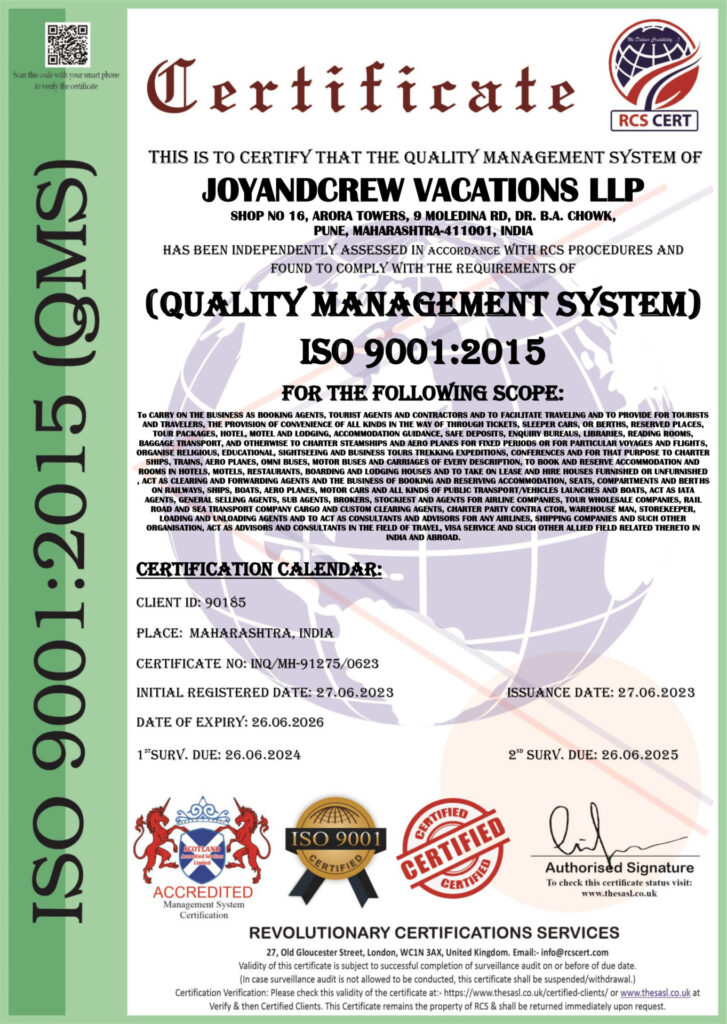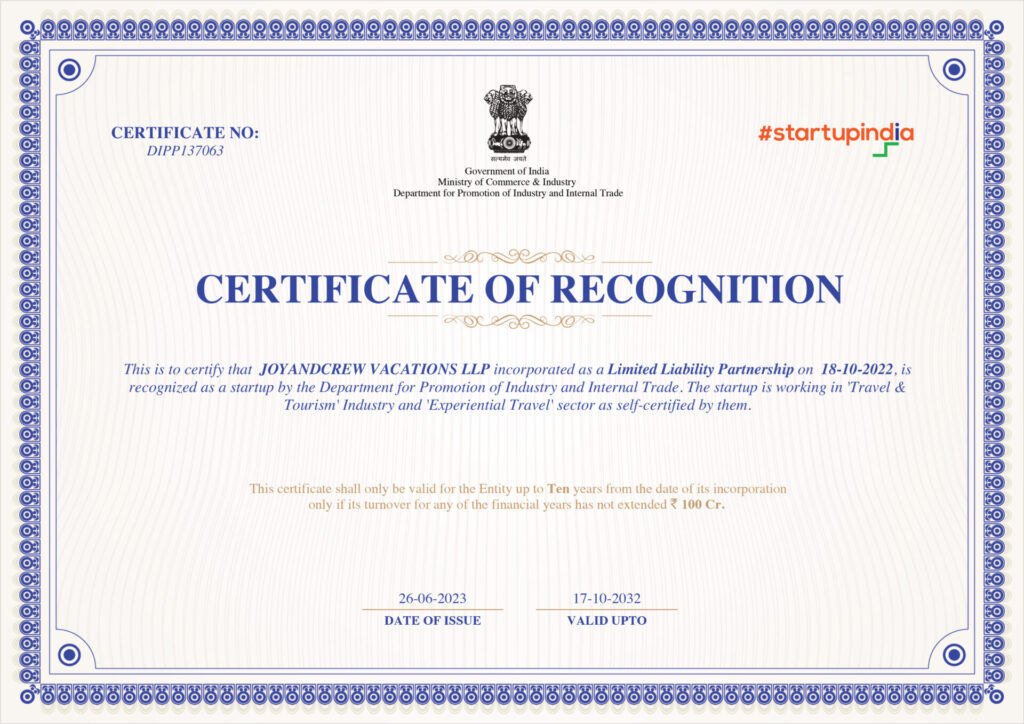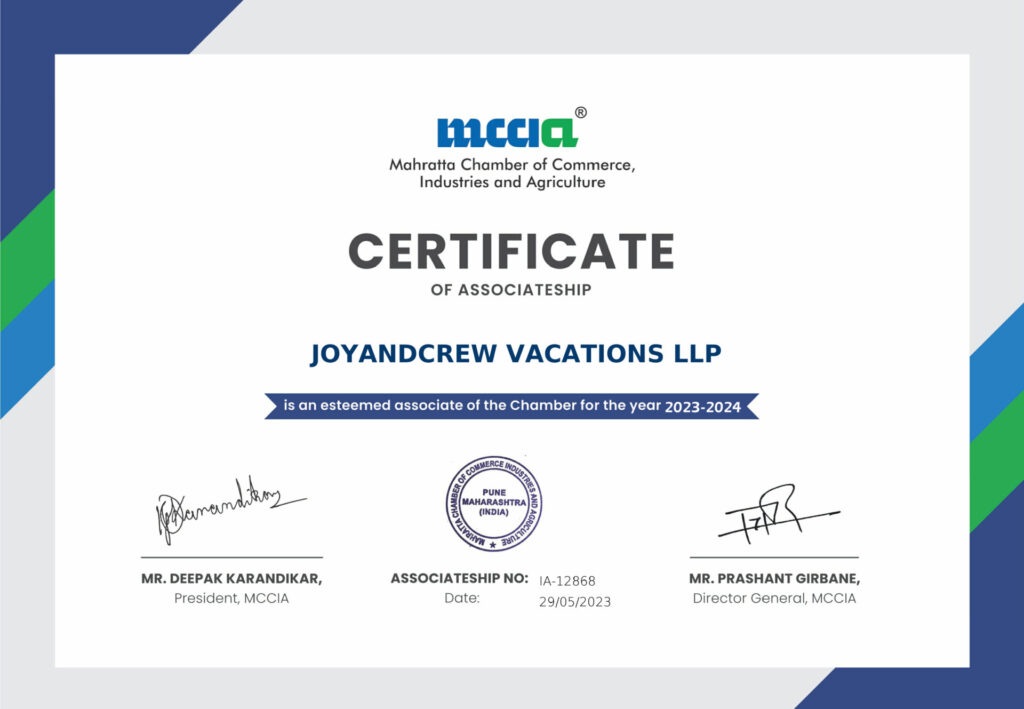The Northern Lights, or Aurora Borealis, are one of nature’s most breathtaking displays. They illuminate the night sky with vibrant shades of green, purple, red, and blue. This dazzling natural light show occurs when charged particles from the sun collide with the Earth’s magnetic field, creating mesmerising waves of colour. With its high-latitude positioning and minimal light pollution, Scandinavia is one of the best places on Earth to witness this celestial wonder.
Why Scandinavia is One of the Best Regions to Witness the Northern Lights

What Causes the Northern Lights?
 Solar Particles and Earth’s Magnetic Field
Solar Particles and Earth’s Magnetic Field
The Northern Lights are caused by the interaction between solar particles and the Earth’s magnetic field. When the sun emits solar wind—charged particles travelling through space—some particles become trapped by the Earth’s magnetosphere. Upon colliding with gases like oxygen and nitrogen in the upper atmosphere, these particles produce colourful light emissions, creating the aurora borealis.
Colours and Variations in Auroras
The colours of the auroras depend on the type of gas involved and the altitude of the interactions:
- Green (most common): Produced by oxygen molecules at 60-150 miles altitudes.
- Purple and Blue: Caused by nitrogen molecules.
- Red: A rarer hue occurs when oxygen is excited at higher altitudes (above 150 miles).
Why the Arctic Regions are the Best Viewing Spots
The Arctic regions provide optimal conditions for aurora viewing due to minimal light pollution and long winter nights. Locations within the auroral oval, such as Northern Norway, Swedish Lapland, and Finnish Lapland, experience high auroral activity, making them ideal destinations.
Best Time to See the Northern Lights in Scandinavia
 Optimal Viewing Period: Late September to Early April
Optimal Viewing Period: Late September to Early April
The best time to witness the Northern Lights in Scandinavia is between late September and early April. The nights are long and dark during this period, providing the perfect backdrop for auroral displays.
Peak Months: December to February
While auroras can be seen throughout the winter, the peak months—December to February—offer the best chances. The combination of extended darkness and frequent geomagnetic activity increases the likelihood of sightings.
Long, Dark Nights During Winter
Scandinavian winter nights can last up to 20 hours, significantly enhancing Aurora visibility. Locations above the Arctic Circle, such as Tromsø (Norway), Abisko (Sweden), and Rovaniemi (Finland), offer prime viewing spots.
Weather Conditions and Visibility Factors
Clear, Cloudless Skies for Better Visibility
Cloud cover can obstruct Aurora visibility, so checking weather forecasts is crucial. Areas with minimal precipitation, such as Abisko in Swedish Lapland, offer consistent clear skies.
Low Light Pollution Areas
For the best experience, head to remote locations away from city lights. National parks and isolated Arctic villages provide the perfect dark-sky environments for viewing the aurora.
Importance of Checking Aurora Forecasts
Solar storms and geomagnetic conditions influence aurora activity. Websites and apps like the NOAA Space Weather Prediction Center, Aurora Service, and My Aurora Forecast provide real-time aurora predictions, helping travellers plan their excursions.
How to Prepare for a Northern Lights Trip
Warm, Layered Clothing Suitable for Arctic Temperatures
The Arctic winter is freezing, with temperatures often dropping below -20°C (-4°F). To stay warm, it is essential to dress in layers, including thermal undergarments, insulated jackets, gloves, and waterproof boots.
Camera Equipment for Aurora Photography
Capturing the Northern Lights requires a camera with manual settings, a tripod for stability, and a wide-aperture lens. Adjusting exposure time and ISO settings will help achieve stunning photographs.
Booking Accommodations in Advance
Winter is a peak season for aurora tourism, so booking hotels, lodges, or speciality accommodations like glass igloos well in advance ensures a comfortable and unforgettable experience.
Experiences Beyond Aurora Watching
Dog Sledding, Snowmobiling, Ice Hotels
Many Scandinavian destinations offer exhilarating activities such as dog sledging, snowmobiling through Arctic landscapes, and staying in unique ice hotels.
Visiting Santa Claus Village in Rovaniemi
For a magical winter experience, visit Santa Claus Village in Rovaniemi, Finland, where you can meet Santa, send postcards from the Arctic Circle, and explore festive attractions.
Sami Culture Tours and Reindeer Safaris
Engage with the indigenous Sami people and experience traditional reindeer safaris, gaining insight into the rich cultural heritage of the Arctic region.
Travel Tips for Northern Lights Seekers
Peak Time of Night: 11 PM to 2 AM
The best time to witness auroras is typically between 11 PM and 2 AM when geomagnetic activity is highest.
Patience is Key – Natural Phenomena are Unpredictable
Auroras are natural events and are not guaranteed every night. Staying multiple nights increases your chances of witnessing this breathtaking phenomenon.
Consider Multiple Nights to Increase Viewing Chances
Planning a trip for at least three to five nights maximises the likelihood of clear skies and active auroras.
The best time to witness the Northern Lights in Scandinavia is from September to April, with peak sightings between December and February. Scandinavia’s pristine Arctic landscapes provide some of Earth’s most spectacular aurora displays. Whether watching the lights from a glass igloo, embarking on a reindeer safari, or exploring Sami culture, this once-in-a-lifetime experience is truly magical. Start planning your aurora adventure today, and let us handle the details for an unforgettable journey.
FAQs
What is the best month to see the Northern Lights in Scandinavia?
The best months are December to February when long winter nights and high auroral activity offer optimal viewing conditions.
How long should I plan my trip to increase my chances of seeing the aurora?
A three to five nights trip is recommended to increase the likelihood of clear skies and active auroras.
Can I see the Northern Lights in the summer?
No, the midnight sun during summer prevents aurora sightings. The best viewing season is from late September to early April.
What is the best time of day to see the Northern Lights?
The prime viewing time is between 11 PM and 2 AM when aurora activity is at its peak.
Is it expensive to travel to the Northern Lights?
Costs vary depending on the destination and accommodation. Budget options exist, but premium experiences like glass igloos and guided tours may be pricey.
Are the Northern Lights guaranteed?
No, as they depend on solar activity and weather conditions. However, staying multiple nights in high-activity areas significantly increases the chances of seeing them.
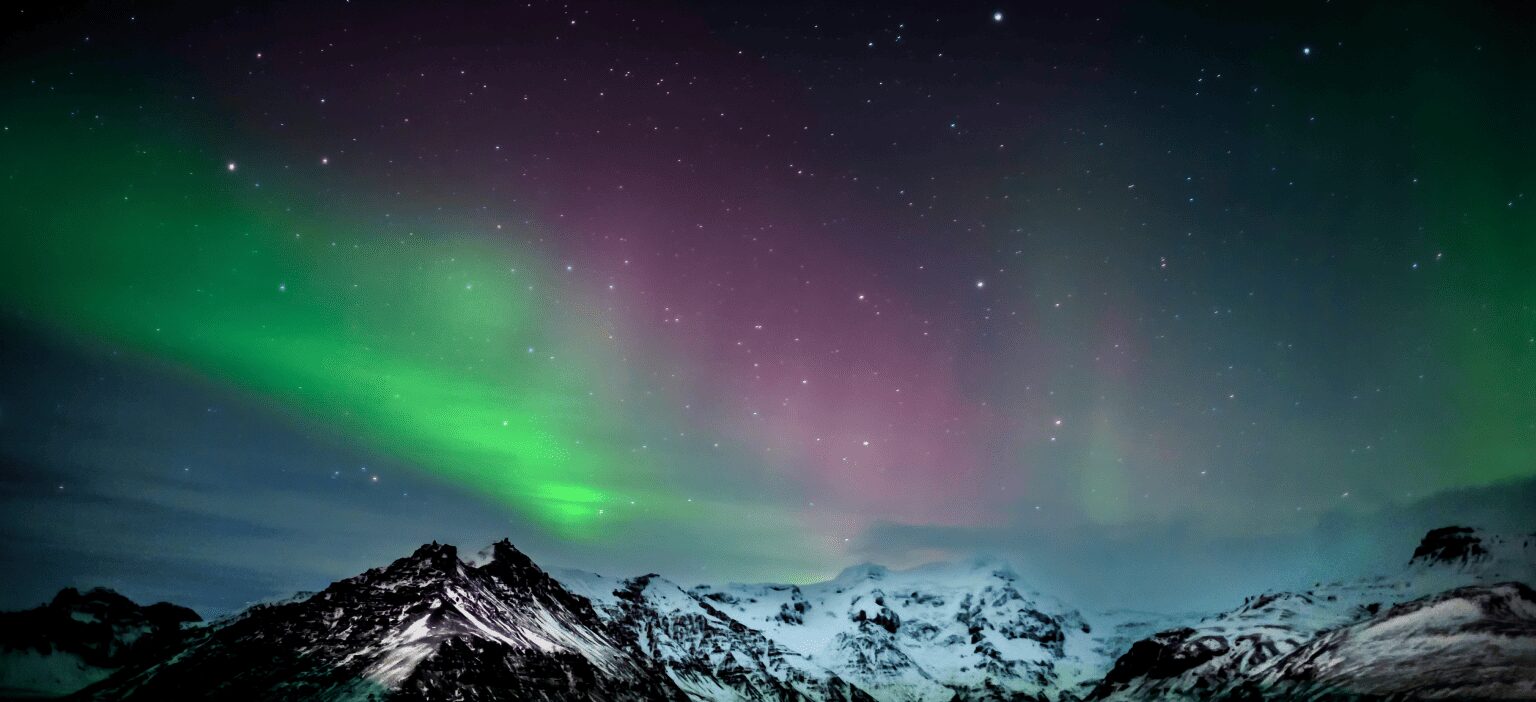 Solar Particles and Earth’s Magnetic Field
Solar Particles and Earth’s Magnetic Field 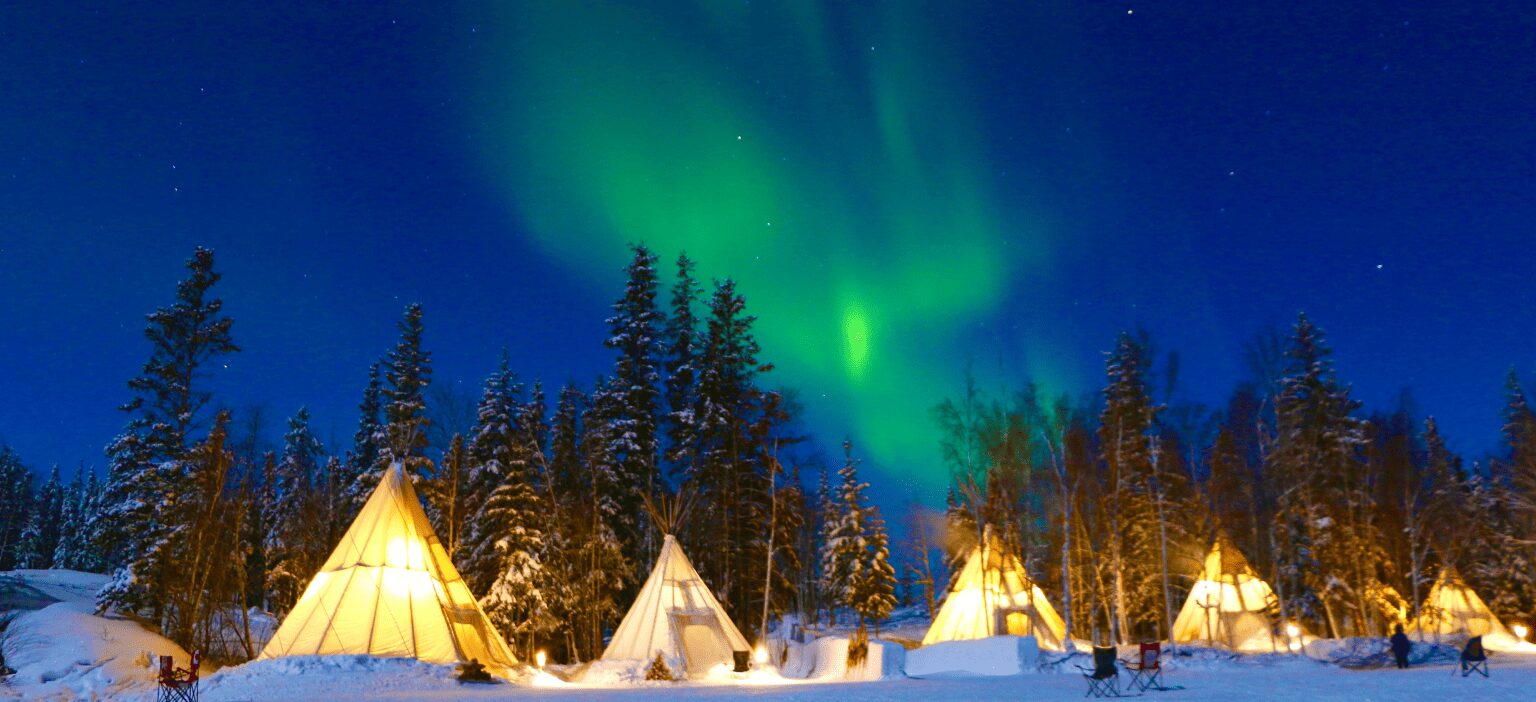 Optimal Viewing Period: Late September to Early April
Optimal Viewing Period: Late September to Early April 